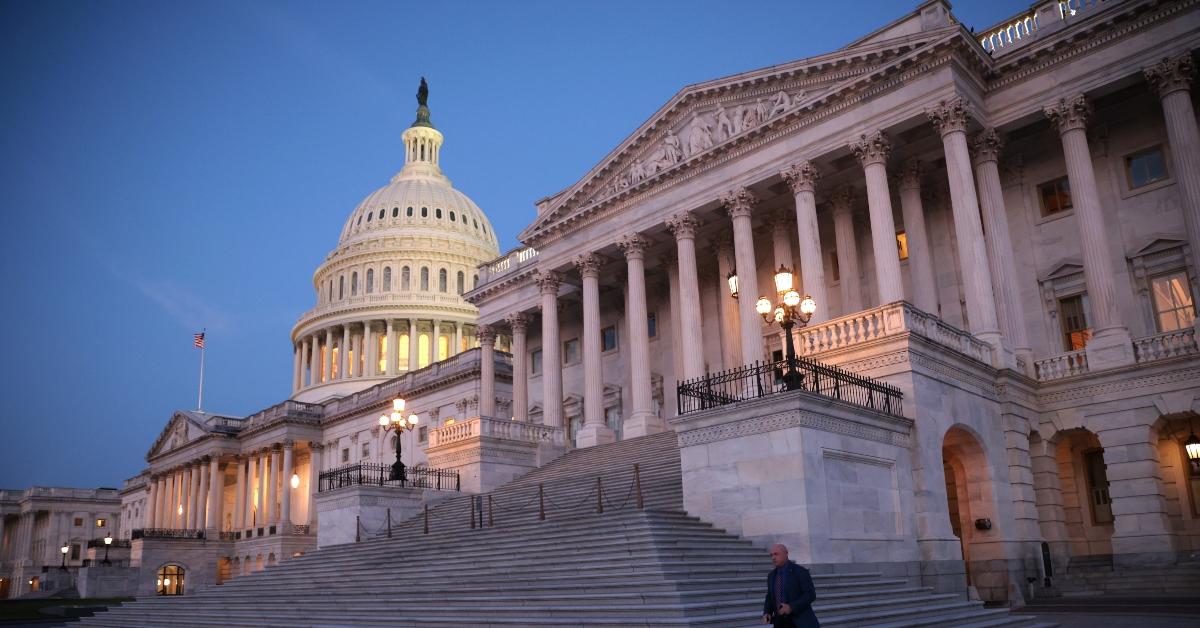Millions Will Lose Medicaid Coverage When Continuous Enrollment Ends
Congress recently approved a bill that enables states to roll back pandemic-era restrictions. Who will lose Medicaid coverage? Here's what we know.
Feb. 27 2023, Updated 4:43 p.m. ET

If you’re on Medicaid, listen up. You could be losing your Medicaid healthcare coverage as early as April. Congress recently approved a bill that enables states to roll back pandemic-era restrictions and start kicking people off the plan.
Prior to the COVID-19 pandemic, states would routinely check the eligibility of Medicaid enrollees and deny coverage to those who no longer qualified. But at the start of the pandemic, Congress enacted the Families First Coronavirus Response Act (FFCRA) that required state Medicaid programs to provide “continuous enrollment” to Medicaid recipients regardless of whether their eligibility changed.

Who will lose Medicaid coverage?
The Kaiser Family Foundation estimates that up to 14 million people will lose their Medicaid coverage once the continuous enrollment requirement ends on April 1. People who have moved in the last three years, those with limited English proficiency, and people with disabilities have the greatest risk of losing their Medicaid, KFF reports.
Several states are already poised to begin removing Medicare enrollees who may no longer be eligible. According to PBS, those states are:
Arizona
Arkansas
Florida
Idaho
Iowa
New Hampshire
Ohio
Oklahoma
West Virginia

What are the reasons for Medicaid cancellation?
You may no longer be eligible to receive Medicare if you make too much money, moved to a different state, or received health care coverage through your employer. If you have moved since the start of the pandemic, it’s important to ensure that Medicaid has your current address plus your phone number and email so they can notify you of possible changes to your coverage.
Although a parent might lose their Medicaid coverage, their children may still be eligible for the program.
How will you know if you are losing Medicaid coverage?
State Medicaid offices are required to notify enrollees about changes in their eligibility via the mail, as well as by phone, text, or email. You may get a notice in the mail and a text message reminding you to complete a renewal form within 30 days.
What options do people have if they get cut from Medicaid?
If you get kicked off of Medicaid and don’t have employer-provided healthcare insurance, you may be eligible for healthcare coverage through the Affordable Care Act marketplace.
Children who are no longer eligible for Medicaid coverage may be eligible for health care coverage through the Children’s Health Insurance Program (CHIP). CHIP provides low-cost healthcare coverage for children whose families earn too much money to qualify for Medicaid. Qualifications may differ depending on what state you live in.
A special enrollment period has been opened on the Affordable Care Act marketplace specifically for those who lose their Medicaid or CHIP coverage due to the end of the continuous enrollment requirement. If you lose your Medicaid coverage, you can apply for healthcare coverage on the HealthCare.gov website between March 31, 2023, and July 31, 2023. You’ll have up to 60 days after you lose your Medicaid coverage to apply for coverage on the marketplace.
